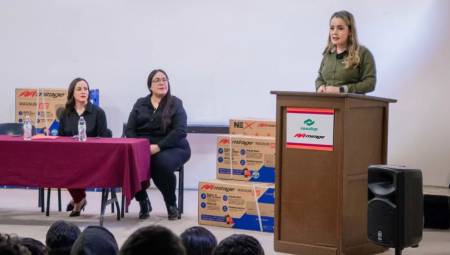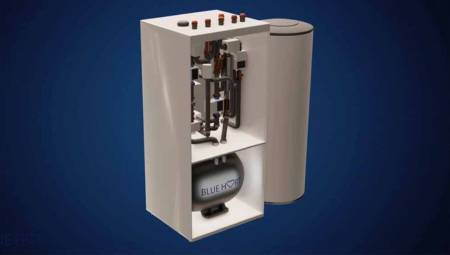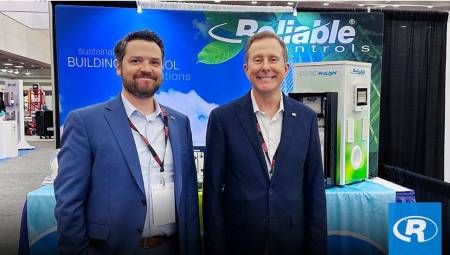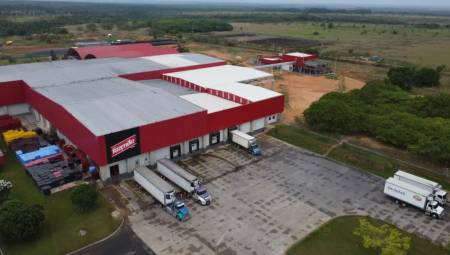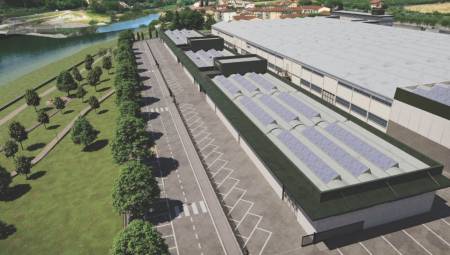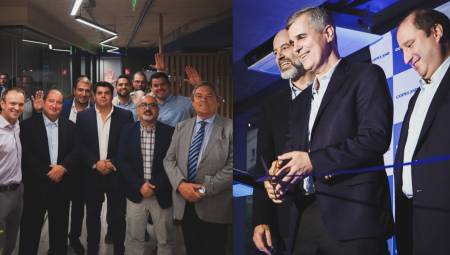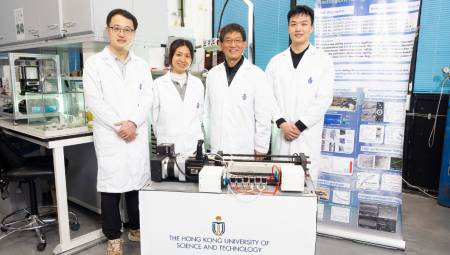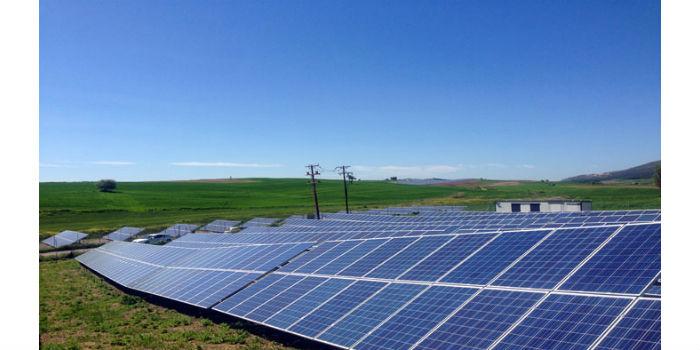 International. To carry out the cost control of a utility-scale project in terms of solar energy, two of the most important factors to consider during installation are the duration and quality of the work.
International. To carry out the cost control of a utility-scale project in terms of solar energy, two of the most important factors to consider during installation are the duration and quality of the work.
The system must be installed in a manner that timely meets the established schedule. At the same time, components must also be installed correctly to meet strict safety standards. Failure to comply with either of these two elements during the installation phase can create consequences ranging from delaying the completion of the installation, to delivering a defective or unsafe project.
Once all the funds for the project, design and supply of materials are ready to form a photovoltaic solar power array, it is time to install the components and build the new system. For an optimal result, we give the following recommendations:
Proper construction of photovoltaic solar installations
1. A properly installed solar photovoltaic system starts with the acquisition of high-quality components. Parts and equipment made from substandard materials, or poor workmanship, can lead to connection problems and poor performance in the future.
2. Longevity (long life) of the installed system should always be the first imperative. Overall system durability should be something project managers always have to think about, or it can lead to long-term liability.
3. It is crucial for PV system developers to seek out and partner with a Level 1 solar module manufacturer. These focus on the production of high-quality solar panels that can withstand adverse conditions and exposure to climatic elements. While a lower initial cost may initially seem attractive, these measures are likely to ultimately jeopardize the quality of solar components. Cutting budget can lead to serious problems for installation in the future and cost more money in the long run.
4. There must be a dedicated supply chain to achieve the balance of a photovoltaic system. Long-term partnerships with partners throughout the supply chain help ensure strict quality control for all crucial parts.
5. Not only should all these components of a photovoltaic system be of high quality, but they should also be easy to assemble. Complicated designs and staggered delivery times create nightmares and increase overall costs.
6. When it comes down to it, developers benefit from a single vendor (one-stop shop) that manufactures high-quality solar modules, has a supply chain that is second to none, and brings in technicians to help put together an easy-to-build solar PV solution.
Shortening installation times
7. While it is important for on-site field technicians to properly and safely install all components of a solar PV system, they must also perform this task quickly. The longer it takes to complete the installation, the more man-working hours and potential equipment rental costs will accrue in the project.
8. Partnering with a single solar supplier can increase project reliability by combining quality components, guaranteed site compatibility, and on-time delivery.
9. Technicians need damping space to allow field adjustments. Since solar developments are prone to weather and other delays, the less time it takes to build the system, the less likely it is that potential problematic delays will arise. By delivering the entire system in a timely manner, installation time is reduced. This can also provide more than one advantage to compensate for any inaccuracies in the earlier stages, such as laying foundations.
Source: Trina Solar's global technical staff.



